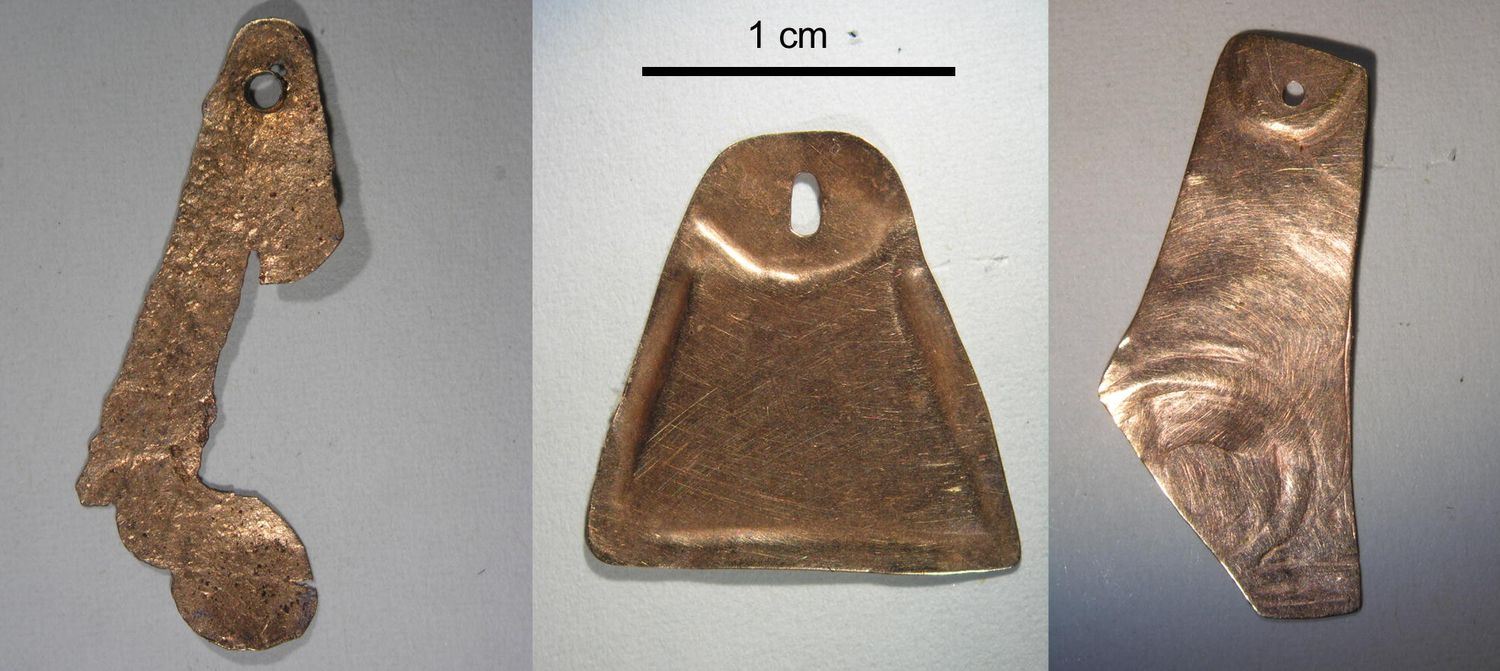
Zincmelanterite is a fascinating mineral that often catches the eye of geologists and mineral enthusiasts alike. But what exactly makes this mineral so special? Zincmelanterite is a hydrated sulfate mineral that contains zinc, iron, and sulfur. It typically forms in the oxidized zones of zinc ore deposits, often appearing as greenish-blue crystals. This mineral is not just a pretty face; it has practical applications too. For instance, it can be used to study the geochemical processes in mining areas. Curious about more interesting tidbits? Here are 30 facts about zincmelanterite that will deepen your understanding and appreciation of this unique mineral.
Key Takeaways:
- Zincmelanterite is a unique green mineral with a soft texture and a vitreous to silky luster. It forms in zinc-rich environments and is sought after by collectors for its color and crystal form.
- This rare mineral, zincmelanterite, is used in education and research to understand sulfate minerals and their formation. It can change color when exposed to air and has a fascinating chemical composition containing zinc, iron, sulfur, oxygen, and hydrogen.
What is Zincmelanterite?
Zincmelanterite is a fascinating mineral with unique properties and characteristics. It belongs to the sulfate mineral group and is known for its vibrant green color. Here are some intriguing facts about this mineral.
- Zincmelanterite is a hydrated sulfate mineral containing zinc, iron, and sulfur.
- Its chemical formula is Zn₆Fe₂(SO₄)₄(OH)₁₂·12H₂O.
- The mineral forms in oxidized zones of zinc deposits.
- It typically appears as greenish-blue crystals or masses.
- Zincmelanterite is often found in arid regions where evaporation concentrates sulfate minerals.
Physical Properties of Zincmelanterite
Understanding the physical properties of zincmelanterite helps in identifying and studying this mineral. Here are some key attributes.
- Hardness: It has a Mohs hardness of 2, making it relatively soft.
- Luster: The mineral exhibits a vitreous to silky luster.
- Cleavage: Zincmelanterite has perfect cleavage in one direction.
- Density: Its specific gravity ranges from 2.1 to 2.2.
- Transparency: The mineral is typically translucent to transparent.
Formation and Occurrence
Zincmelanterite forms under specific environmental conditions. Here’s how and where it typically occurs.
- Formation: It forms through the oxidation of zinc sulfide minerals.
- Environment: Found in mine dumps and areas with high sulfate concentrations.
- Locations: Notable occurrences include mines in the United States, Germany, and Australia.
- Associated Minerals: Often found alongside minerals like gypsum, jarosite, and other sulfates.
- Evaporation: Forms in regions where evaporation rates are high, concentrating sulfate solutions.
Uses and Applications
While not widely used commercially, zincmelanterite has some interesting applications.
- Collectors: Highly sought after by mineral collectors for its unique color and crystal form.
- Research: Studied for its formation processes and environmental conditions.
- Education: Used in educational settings to teach about sulfate minerals and mineralogy.
- Indicator: Acts as an indicator of zinc-rich environments.
- Historical: Historically, it has been used to understand mining environments and processes.
Chemical Properties
The chemical composition of zincmelanterite is quite complex and interesting. Here are some details.
- Composition: Contains zinc, iron, sulfur, oxygen, and hydrogen.
- Solubility: Soluble in water, which can lead to its dissolution in humid environments.
- pH Sensitivity: Stability is affected by pH levels, with acidic conditions promoting its formation.
- Hydration: Contains water molecules in its crystal structure, making it a hydrated mineral.
- Reactivity: Reacts with acids, releasing zinc and iron ions into solution.
Interesting Facts
Here are some additional intriguing facts about zincmelanterite that highlight its uniqueness.
- Color Change: Can change color when exposed to air due to dehydration.
- Crystal System: Belongs to the triclinic crystal system.
- Discovery: First described in 1866 by German mineralogist August Breithaupt.
- Name Origin: The name comes from the Greek words for zinc and iron, reflecting its composition.
- Rarity: Considered a rare mineral, making it a prized specimen for collectors.
Final Thoughts on Zincmelanterite
Zincmelanterite, a fascinating mineral, holds a unique place in the world of geology. Its striking blue-green color and crystal structure make it a favorite among mineral collectors. Found in oxidized zones of zinc deposits, it often forms in arid climates. This mineral isn't just a pretty face; it has practical uses too. Zincmelanterite can indicate the presence of valuable zinc ores, aiding in mining operations. Its composition, primarily hydrated iron sulfate, also provides insights into the geochemical processes at play in its formation environment. While not widely known, zincmelanterite's role in both scientific study and practical applications can't be overlooked. Whether you're a geology enthusiast or just curious about the natural world, zincmelanterite offers a glimpse into the intricate and beautiful processes that shape our planet. Keep exploring, and who knows what other hidden gems you might find!
Frequently Asked Questions
Was this page helpful?
Our commitment to delivering trustworthy and engaging content is at the heart of what we do. Each fact on our site is contributed by real users like you, bringing a wealth of diverse insights and information. To ensure the highest standards of accuracy and reliability, our dedicated editors meticulously review each submission. This process guarantees that the facts we share are not only fascinating but also credible. Trust in our commitment to quality and authenticity as you explore and learn with us.


